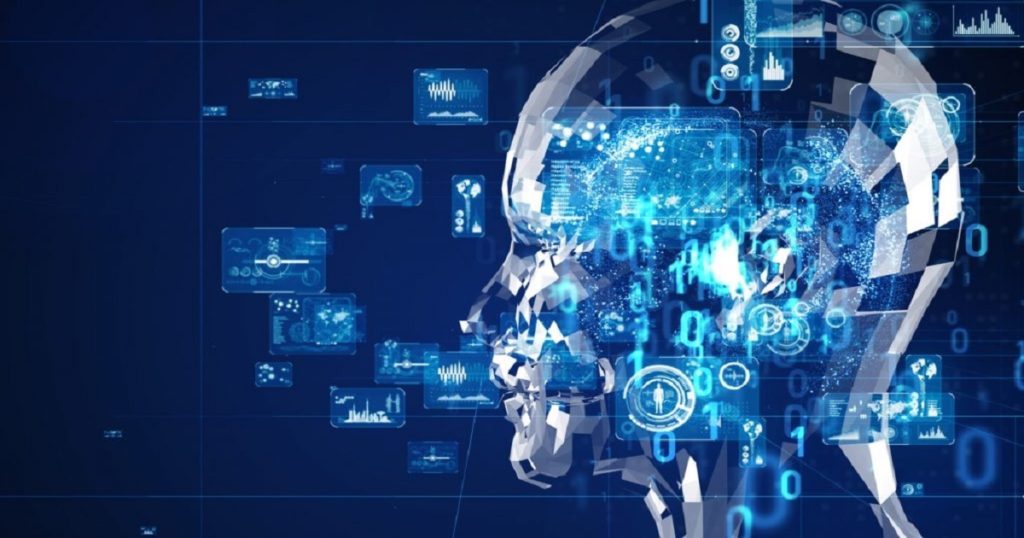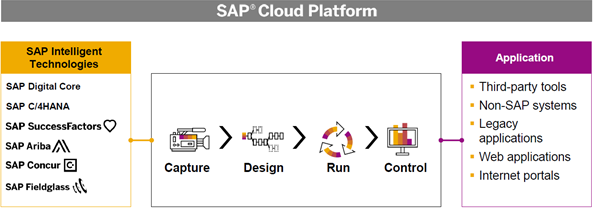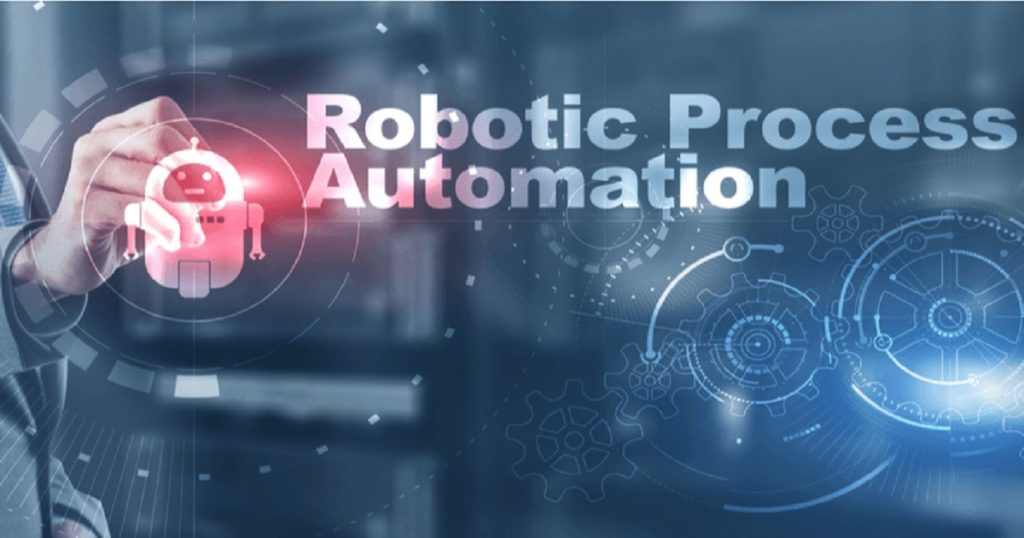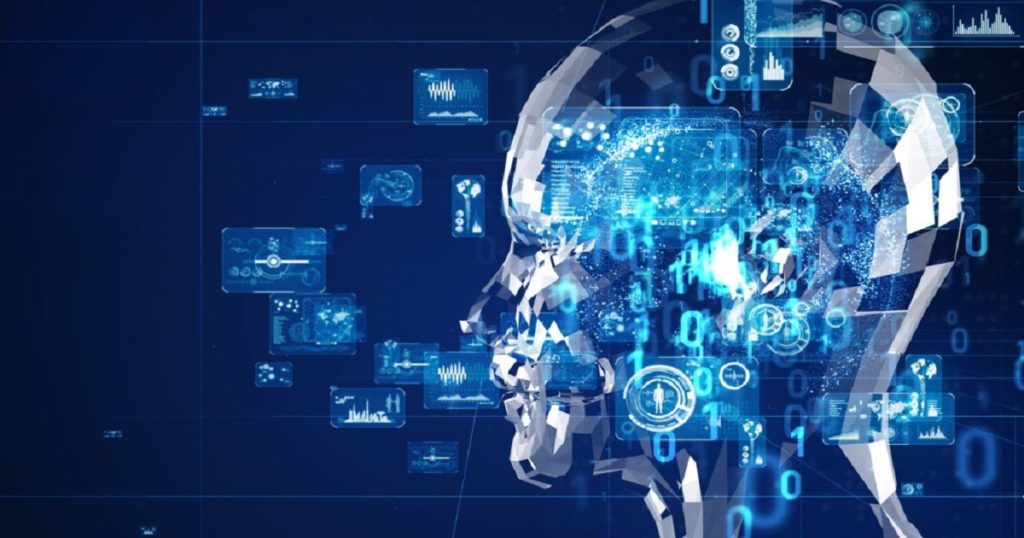How RPA is automating the world of SAP
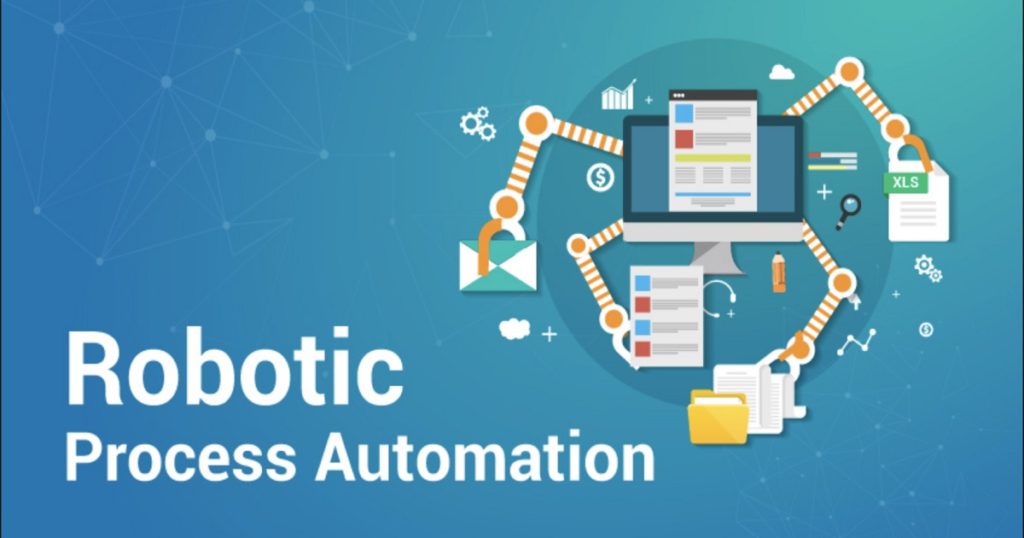
What is UIPATH(RPA)?
RPA stands for Robotics Process Automation which as name suggests automate your process that requires repetitive activities done by human everyday.
Imagine Mr.X has a bundle of high priority task which has to be completed by today and on top of it he has some daily repetitive activities also to be performed, now with add on pressure to complete everything by today neither he is able to concentrate on priority task and is more likely to make error performing the activity which he does daily.
What if someone takes over the ownership to complete his daily repetitive activities, so he could only concentrate on priority tasks, the answer to someone are “ROBOTS” and the tool to develop it is “UIPATH Studio”, don’t worry robots designed in RPA are virtual and does no look like as below.
Integrating SAP with UIPATH(RPA)
Now how UIPATH(RPA) has been integrated with SAP and what all things we can do with it,Let me explain you with a simple example of Mr.X where apart from performing critical activities he also has to create Purchase Orders in SAP on daily basis for some products which are being provided to him by his/her supervisors in Excel sheet.
Purchase Order
Purchase order if I explain in simple terms is a document that acts as an interface between customer and vendor for example Amazon Order placed by you is nothing but a Purchase Order.
Lets see now how RPA reduces the Workload of Mr.X by comparing both creation of Purchase Order manually and automatically in SAP via Robot.
Creating Purchase Order Manually in SAP
Here I have used the below mentioned steps to create Purchase Order, Please note this is not the only way as you can choose to enter more or less details while creating your Purchase Order according to business specifications.
- Login to SAP
- Enter transaction “ME21N”
- Enter Vendor Number
- Enter Purchase Organisation
- Enter Purchasing Group
- Enter Company Code
- Enter Header Note details in Texts
- Enter PO Items details including Plant,Quantity, Net Price.
- Save the Purchase Order
- Once all steps are done successfully your PO will be created.
Creating Purchase Order Automatically in SAP via RPA.
Below is the link for Video in which i am trying to show how robot creates Purchase Order by logging in into SAP Server, opening transaction ME21N ,entering the required details as mentioned above and finally creating a Purchase Order and highlights the created Purchase Order as popup message.




